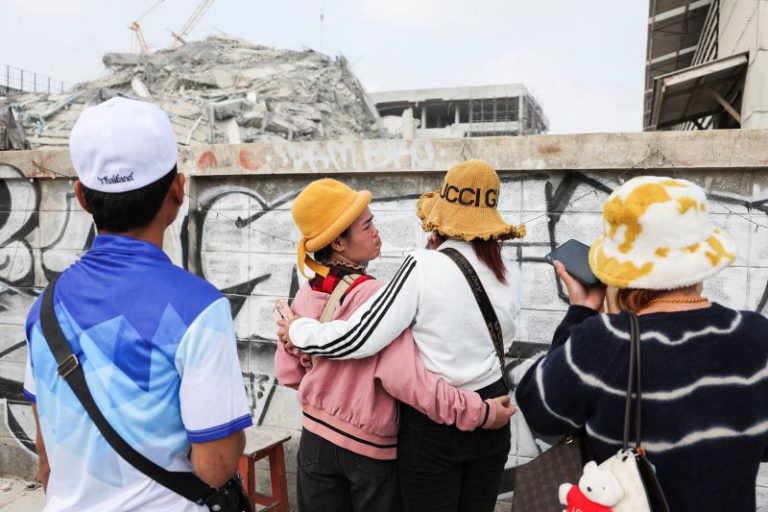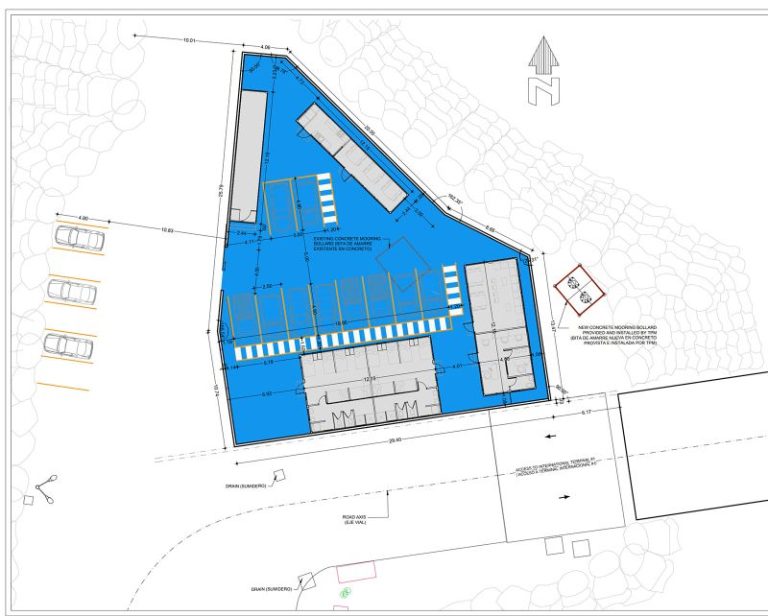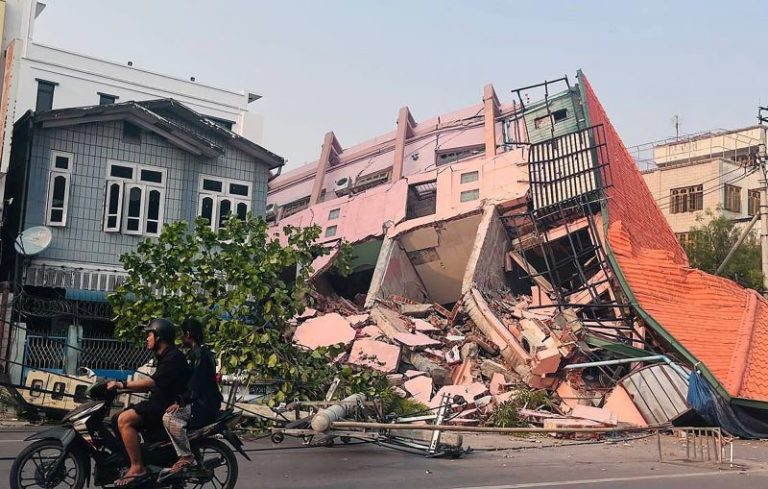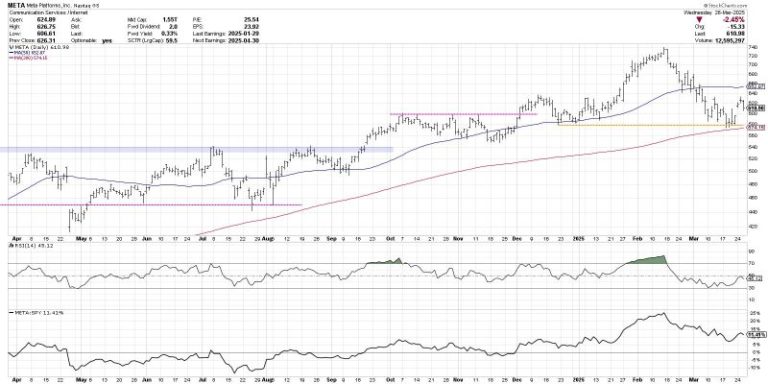Bitcoin Well Inc. (TSXV: BTCW) (OTCQB: BCNWF) (‘Bitcoin Well’ or the ‘Company’), the non-custodial bitcoin business on a mission to enable independence, announced today that it has established an at-the-market equity program (the ‘ATM Program’) that allows the Company to issue and sell, at its discretion, up to $5,000,000 of common shares (‘Shares’) to the public from time to time.
Distributions of the Shares under the ATM Program will be made pursuant to the terms of an equity distribution agreement (the ‘Distribution Agreement‘) dated March 28, 2025 between Bitcoin Well and Haywood Securities Inc. (the ‘Agent‘). All Shares sold under the ATM Program will be sold through the TSX Venture Exchange or other recognized Canadian marketplace at prevailing market prices at the time of sale. The ATM Program will be effective until the earlier of March 28, 2027 and the completion of the issuance and sale of all of the Shares issuable pursuant to the ATM Program, subject to earlier termination by Company or the Agent in accordance with the terms of the Distribution Agreement.
The ATM Program is intended to provide the Company with additional financing flexibility should it be required in the future. The volume and timing of distributions under the ATM Program, if any, will be determined in the Company’s sole discretion. As Shares distributed under the ATM program will be sold at the prevailing market price at the time of sale, prices may vary among purchasers during the term of the ATM Program.
The Company intends to use the net proceeds from the ATM Program, if any, together with the Company’s current cash resources, to fund general corporate purposes, including ongoing operations and/or working capital requirements; to repay indebtedness outstanding from time to time; to complete future acquisitions; to fund research and development, intellectual property development; or for other corporate purposes.
The offering of Shares under the ATM Program is qualified by a prospectus supplement dated March 28, 2025 (the ‘Prospectus Supplement‘) to the short form base shelf prospectus dated March 6, 2025 (the ‘Shelf Prospectus‘). Copies of the Prospectus Supplement, the Shelf Prospectus and the Distribution Agreement are available under Bitcoin Well’s profile on the SEDAR+ website at www.sedarplus.ca. Alternatively, the Company or the Agent will send the Prospectus Supplement (including the Shelf Prospectus) upon request. Such requests may be made by sending an email to Haywood at ecm@haywood.com.
This news release shall not constitute an offer to sell, or the solicitation of an offer to buy, the Shares, nor shall there be any sale of these securities in any jurisdiction in which such offer, solicitation or sale would be unlawful prior to registration or qualification under the securities laws of any such jurisdiction.
The securities being referred to in this news release have not been, nor will they be, registered under the United States Securities Act of 1933, as amended (the ‘1933 Act‘), and may not be offered or sold in the United States or to, or for the account or benefit of, U.S. persons (as defined in Regulation S under the 1933 Act) absent registration or an applicable exemption from the registration requirements. This news release does not constitute an offer to sell or the solicitation of an offer to buy nor shall there be any sale of the securities in any jurisdiction in which such offer, solicitation or sale would be unlawful.
About Bitcoin Well
Bitcoin Well is on a mission to enable independence. We do this by making bitcoin useful to everyday people to give them the convenience of modern banking and the benefits of bitcoin. We like to think of it as future-proofing money. Our existing Bitcoin ATM and Online Bitcoin Portal business units drive cash flow to help fund this mission.
Join our investor community and follow us on Nostr, LinkedIn, X (formerly Twitter) and YouTube to keep up to date with our business.
Bitcoin Well contact information
To book a virtual meeting with our Founder & CEO Adam O’Brien please use the following link: https://bitcoinwell.com/meet-adam
For additional investor & media information, please contact:
Adam O’Brien
Tel: 1 888 711 3866
ir@bitcoinwell.com
Neither TSX Venture Exchange nor its Regulation Services Provider (as that term is defined in policies of the TSX Venture Exchange) accepts responsibility for the adequacy or accuracy of this release.
Forward-looking information
Certain statements contained in this news release may constitute forward-looking information, which is often, but not always, identified by the use of words such as ‘anticipate’, ‘plan’, ‘estimate’, ‘expect’, ‘may’, ‘will’, ‘intend’, ‘should’, or the negative thereof and similar expressions. All statements herein other than statements of historical fact constitute forward-looking information including, but not limited to, statements in respect of Bitcoin Well’s business plans, strategy and outlook; and the intended use of proceeds from the ATM Program. Forward-looking information involves known and unknown risks, uncertainties and other factors that may cause actual results or events to differ materially from those anticipated in such forward-looking information including, but not limited to, the risk factors described in Bitcoin Well’s annual information form and management’s discussion and analysis for the year ended December 31, 2024. Forward-looking information should not be unduly relied upon. Any forward-looking information contained in this news release represents Bitcoin Well’s expectations as of the date hereof and is subject to change. Bitcoin Well disclaims any intention or obligation to revise any forward-looking information, except as required by applicable securities legislation.
NOT FOR DISTRIBUTION TO UNITED STATES NEWS WIRE SERVICES OR FOR DISSEMINATION IN THE UNITED STATES.
To view the source version of this press release, please visit https://www.newsfilecorp.com/release/246488
News Provided by Newsfile via QuoteMedia










